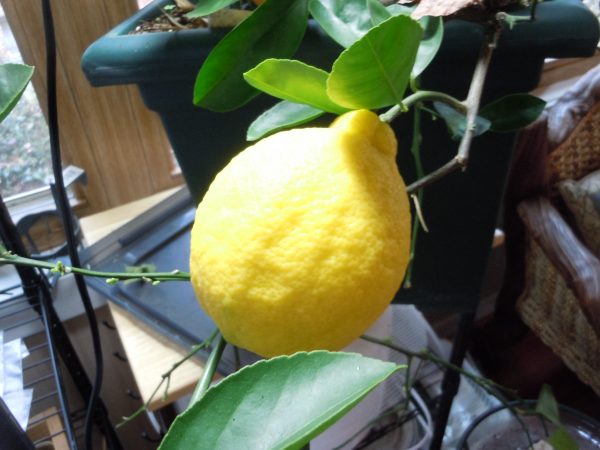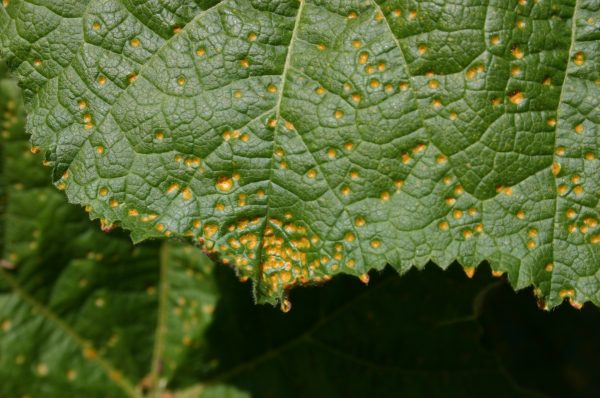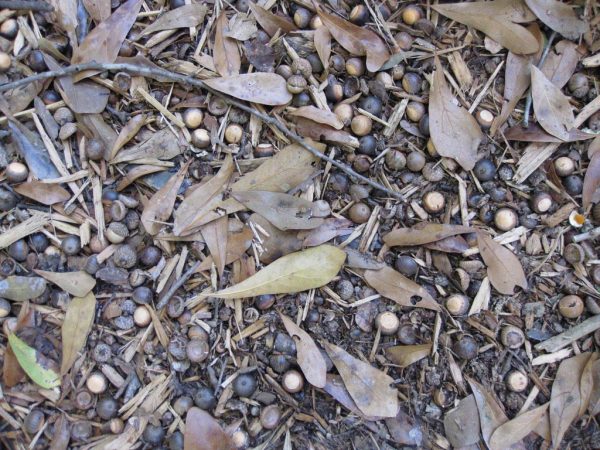Cherry

Prunus avium (Sweet Cherry);
Prunus cerasus (Pie Cherry)
Sweet Cherry is very difficult to grow in the Southeast. High summer humidity and temperature fluctuations in winter prevent fruiting in most years.
• Much more information can be found in The Georgia Fruit & Vegetable Book by Walter Reeves and Felder Rushing
• See also Home Garden Cherries
Attempts can be made to grow sweet Cherries in Zones 7a and colder; pie (sour) Cherries may grow well in Zones 7a and 7b. Gardeners in warmer Zones must buy the fixin’s for a Cherry pie at the grocery store.
Plant trees in full sun (8-10 hours daily) in well-drained soil. Siting on a hillside will help prevent frost damage to blooms. Sweet cherry trees grow upwards of thirty feet tall. They should be pruned to a central leader. Pie Cherry trees are more rounded, usually ten to fifteen feet tall. Pinch out the tip of the central leader when it reaches six feet tall. Trees require minimal pruning but some selective limb thinning may be necessary to allow adequate light inside trees. The fruit matures 2-3 months after bloom. Brown rot is extremely bad on Cherries and is worsened by high humidity and rainfall near harvest. Your local Extension office can offer recommendations.
Varieties to look for:
Sweet Cherry – ‘Stella’, ‘Ranier’, ‘Hedelfinger,’ ‘Viva,’ ‘Valera,’ ‘Venus’ and ‘Hardy Giant.’
Pie Cherry – ‘Early Richmond’, ”Montmorency’, ‘North Star’.

















